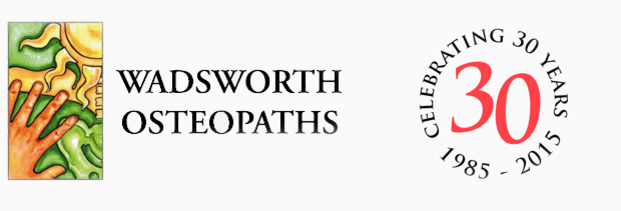Helping expectant mothers
A small and very fortunate minority of women will sail through the forty weeks of pregnancy without encountering any physiological problems along the way. However, the vast majority – no matter how many times they have been pregnant before – will at some stage suffer from muscle and joint problems which occur as a result of fluctuating hormone levels.
For example, the most commonly recognised side-effect of raised oestrogen levels in the early stages of pregnancy is “morning sickness”. Oestrogen targets the smooth muscle of the gut, which in turn affects the efficiency of our digestion and causes frequent attacks of nausea. Although “morning sickness” usually settles by itself oestrogen levels can cause heartburn and acid reflux. Then, as the foetus gradually grows, it will push against the diaphragm and oesophagus, thus increasing the symptoms.
Although osteopaths cannot do anything to make the effects of oestrogen less severe, they can considerably help to relieve pain resulting from various structural changes that happen over the three trimesters. As soon as fertilisation has taken place, a hormone called relaxin is released, which increases the mobility of the joints in general, but in particular the pelvic and lumbar spine joints. The extra mobility is vital for the rotational changes that will occur in the lumbo-pelvic region every three months, but it can also be the source of some extremely painful mechanical complications.
Expectant mums frequently present with lumbar spine and sacro-iliac joint pain, coccyx pain, sciatica and SPD (symphysis pubis dysfunction), all of which can make pregnancy a miserable experience. Obviously, these women cannot resort to taking pain killers, but, if they know about it, osteopathic treatment can address these conditions sometimes easily and quickly. Ligaments are softer during pregnancy, making it easier for us to treat expectant mums. Joints can be loosened with less effort, leaving mum free to prepare her body for the more important aspects of her pregnancy, such as labour and the post-natal period.
Another common complaint is upper back and neck pain. As a pregnant mum’s breasts increase in size, the consequent rounding of the shoulders puts great strain on the muscle attachments at the thoracic and cervical spine. Again, osteopathic treatment will resolve these issues, allowing “mum” to stay healthy and comfortable.
Perhaps the biggest contribution we, as osteopaths, can make towards ante-natal care is simply to oversee the whole process and ensure that mothers-to-be go through pregnancy easily and without discomfort. We can advise on all kinds of issues, including diet, exercise and lifestyle. Apart from those cases where pregnant mums are deemed at risk of serious health issues, most pregnancies and labours are midwife-led. In between the routine scans and checks, the observant osteopath can soon spot irregular signs or symptoms needing medical attention, or deal with physical asymmetries which might cause problems later on.
Either way, your osteopath is eager to help you travel joyfully towards your due date.



